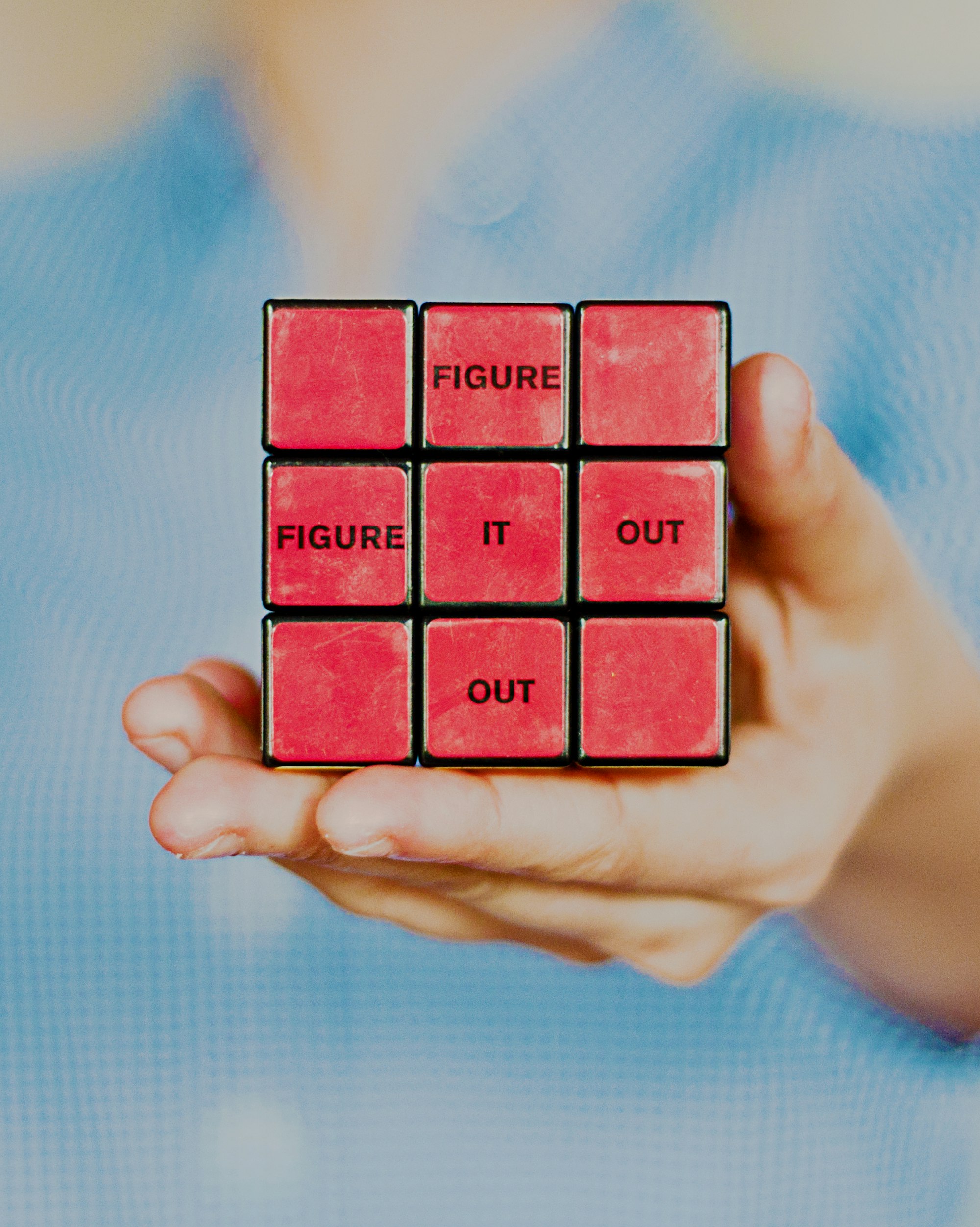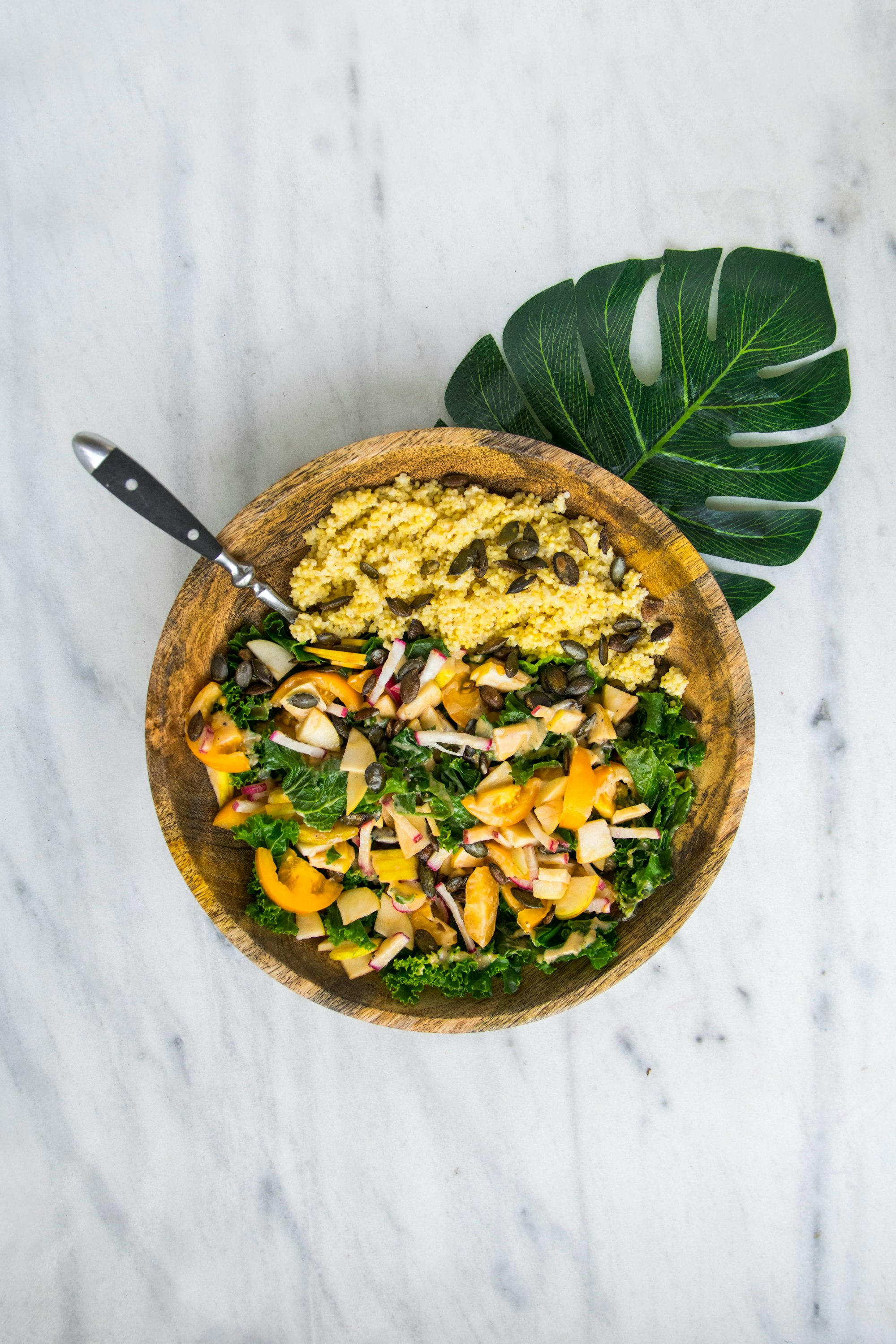mental models
Of the zillion wonderful things I learned at grad school, the concept of mental models was one. From James Clear,
A mental model is an explanation of how something works. The phrase “mental model” is an overarching term for any sort of concept, framework, or worldview that you carry around in your mind.
Mental models help you understand life. For example, supply and demand is a mental model that helps you understand how the economy works.
[...]
Mental models also guide your perception and behavior. They are the thinking tools that you use to understand life, make decisions, and solve problems.
[...]
Mental models are imperfect, but useful.
We need mental models. And we have a bunch of them already and we use them in our lives. As James Clear says, they are not perfect. But they don't have to be. Abstracting away most of the details is precisely one of the uses of using mental models, as it helps us to navigate situations.
We try a shortcut or a flawed method due to multiple reasons. One of them is a flawed mental model. We have the wrong conception about how something works and so when we try to implement that method, we don't get the desired result.
n=1
I learn from my students quite a bit. I steal liberally from them and add them to my toolbox. Many of their approaches are quite inspiring and perfect for the n=1 scenario they are in. Broadening that as a coaching lesson for the rest of my students is an interesting challenge, as while we are unique, many of the situations we face are eerily similar.
For example, here are a few things most of us struggle with today.
- Working too much. Being too busy.
- Stress eating.
- Ordering in too much.
- Not getting enough sleep.
- Not eating enough of the good stuff.
I learn from their struggles and failures as well. I learn from the shortcuts they attempt. In all probability, it is a shortcut I've tried many years ago. Ah, I could write 100 threads on the silly things I've tried. But I digress.
solution provider or coach?
When I was younger, I thought my job was to provide solutions. I realise now that it is about helping them solve their problems. If they are unable to wake up, the solution is "Go to bed on time. Don't dick around on Netflix. Wake up when the alarm rings. Show up to class". Solved. Except it is about as useful as stock market advice that goes "Buy low. Sell high." Guiding them to figuring their solutions always leaves me learning quite a bit, and I love these conversations.

Sometimes, I find an approach that they take due to a flawed mental model. Which is a great coaching opportunity. Previously, my reaction was to say "Wrong!" and "No, that won't work." or "Here's why that won't work." But the more powerful approach here is to find the right mental model that can replace the flawed one.
let's find a better substitute for rice
Replace rice with millets and/or quinoa.
Folks seem to do this because of a combination of the following thought process.
- rice does not have that many nutrients.
- rice makes you fat.
- rice makes you unhealthy.
- quinoa/millets have more nutrients than rice.
If we were playing trump cards, then yes, quinoa would beat rice. And yep, so would millets. But the flaw in reasoning is we need to improve on the grain factor on our plate as an isolated matter.

To be clear, there's no harm in doing this. Not at all. I am not trying to nitpick. But having sambhar with quinoa is ugh! If the idea is to have more nutrients, then there's a simpler way to go about it.
Why do we have grains on our plate? Why do we eat idli/dosai/rice/roti etc? And why is that the centrepiece? The reason they are on our plates is primarily as a source of energy. There was a time when calories were hard to come by and so humans needed access to a lot of it. Plonk that grain and solve that problem. Cost/calorie as well dictated that rice (and grains) made up the majority of the plate.
But you are making this decision to increase nutritional value. Right? So, stop trying to look at one piece of your plate - just look at the entire plate.
instead, do this
Construct a more balanced plate. A simple guideline I use with my students is to have equal amount of vegetables and rice. Have room for one more guideline? Have some protein with each meal. These two changes alone will vastly improve the success of what you are trying to do - improve nutrient density of your meals. In addition to ensuring you don't eat waste calories (most of us eat more than we need and grains are often the culprit).
The quinoa for rice reminds of an anecdote from one of Pavel's books. I am paraphrasing here. This western economist goes to communist USSR (back in the day). He's being given the grand tour by a Soviet politician who proudly explains the success of the communist system. When the westerner remarks on the manual labourers digging trenches with shovels by the road and asks why machines are not being used, the politician responds proudly by saying they are providing labour for the people. The economist retorts that if they want to do just that, then just replace the shovels with spoons.
Rice is not the problem. Carbs are not the problem. Fats are not the problem. Most times, you trying to avoid the obvious path is the problem.
So, eat more vegetables. Eat some protein. Drink some water.
Figure out the right mental model for problems you are facing, and you will find your own, unique and powerful solution.
